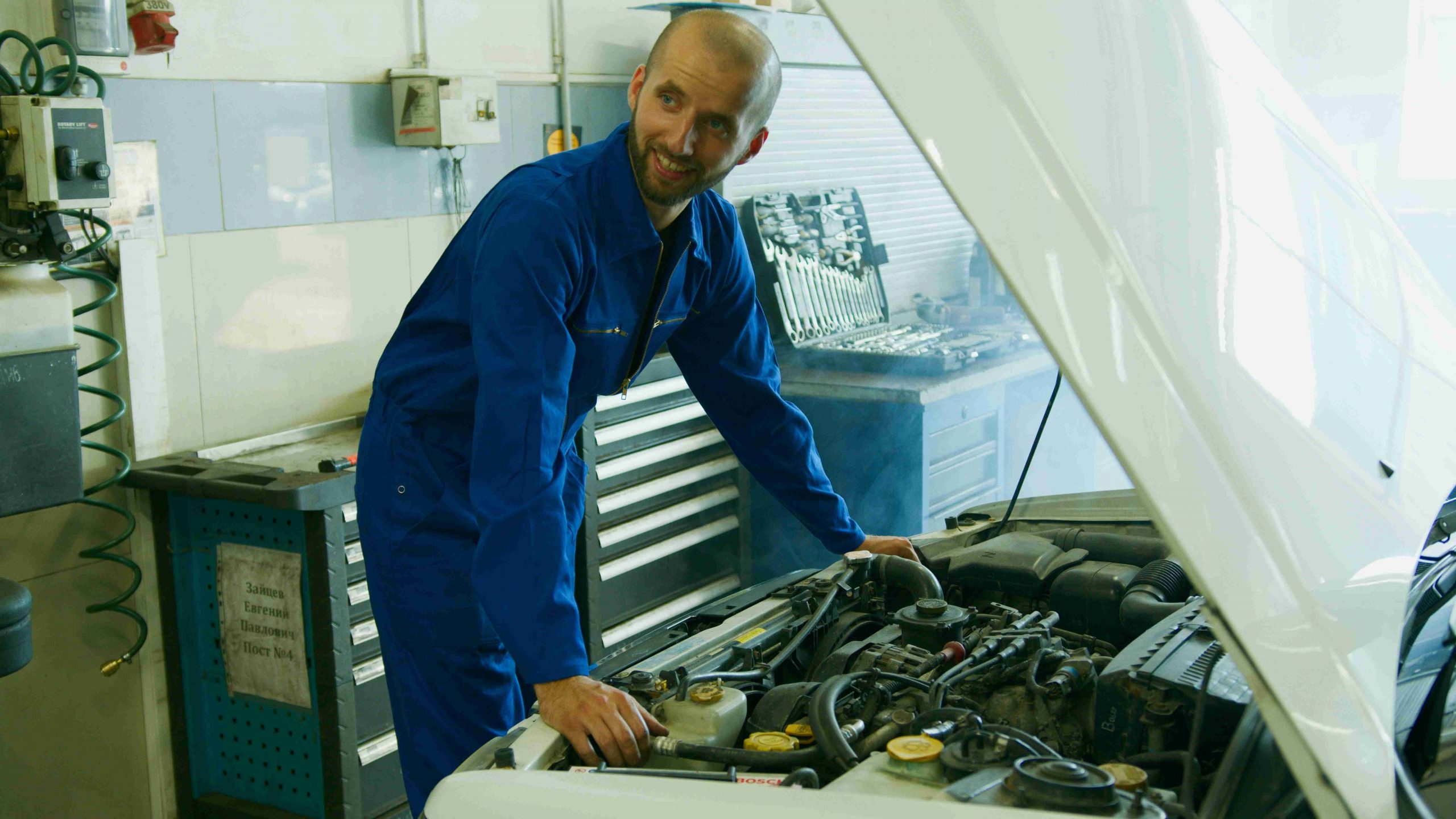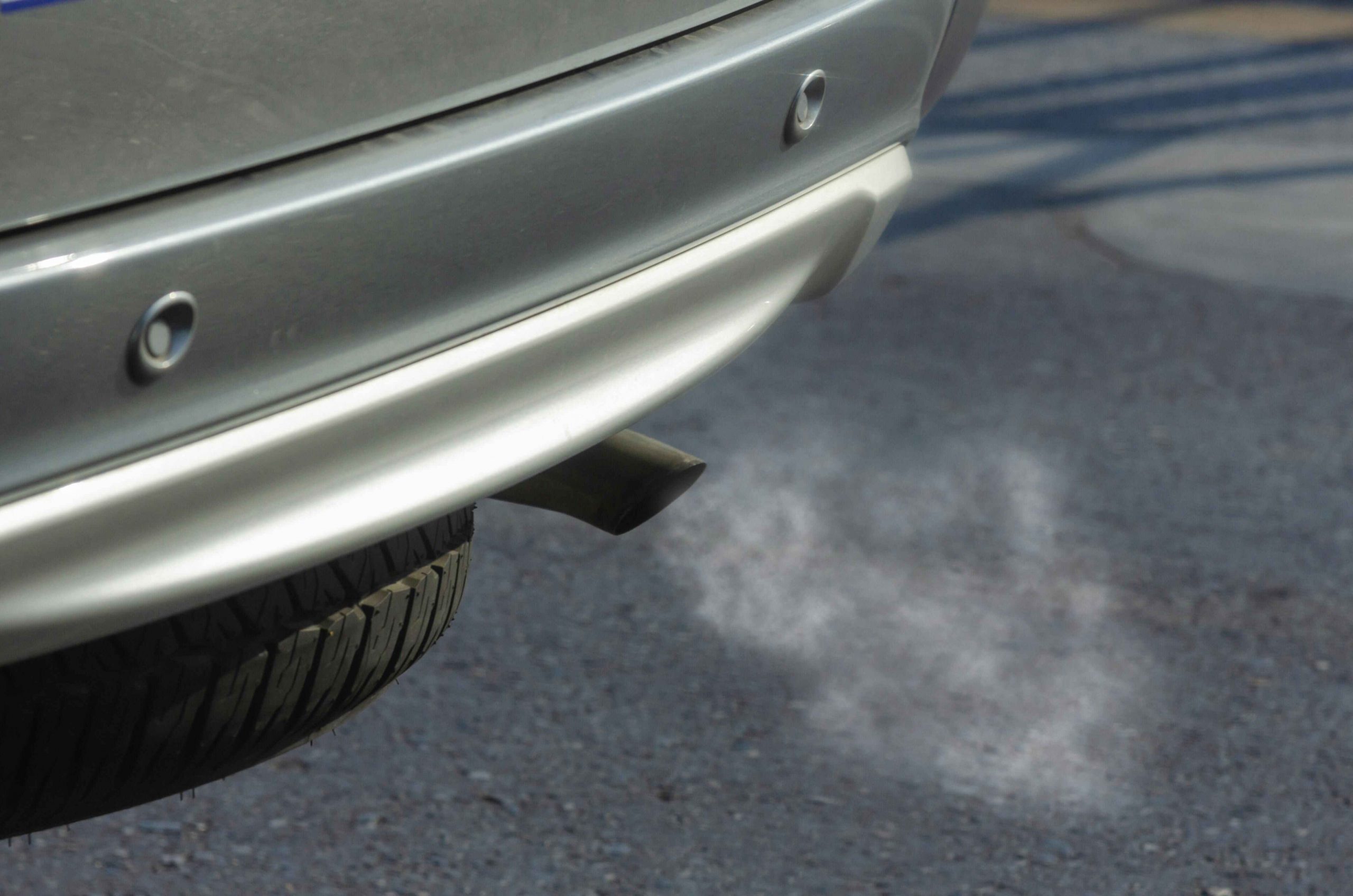When buying a used car in Illinois, it’s crucial to be aware of both positive and negative warning signs that can affect your purchase, such as maintenance history and hidden damage. To ensure a smart investment, always run an Illinois license plate lookup to uncover any potential red flags, and read the full article for comprehensive advice on navigating the used car market.
Vehicle History Report
Before choosing a used vehicle, it’s smart to obtain a full history report through services like NMVTIS. These reports offer valuable details about the car’s background, covering accidents, title status, odometer readings, and specifications. Carefully examine the report for warning signs like flood damage, salvage titles, or frequent ownership transfers, which could point to major issues or expensive repairs. This process helps reveal hidden problems that might not be noticeable during a simple walk-around or test drive.
Vehicle Title
Prior to buying a used car, ensure the title is clean and transferable. Use your DMV or an online title search to make sure the vehicle doesn’t have any hidden debts or legal issues. A few license plate checks can also be useful. Exercise caution with titles marked “salvage” or “rebuilt” unless you’re aware of the associated risks. Verify that the seller’s ID matches the name on the title to steer clear of legal troubles. These steps help prevent future disputes and financial complications.
Vehicle Inspection

For a used car, a thorough vehicle inspection is essential. A qualified mechanic will detect any hidden issues by evaluating the engine, transmission, brakes, and other crucial systems, and will offer a detailed report on the car’s condition and potential repairs. On top of that, perform a personal inspection. Examine the exterior for rust, dents, or mismatched paint, and check the tire condition and body panel alignment. Combining the mechanic’s assessment with your own evaluation provides a comprehensive understanding of the car’s condition, helping you make an informed decision.
Test Drive

During a test drive, evaluate the vehicle’s performance by checking acceleration, braking, and handling. Assess how quickly the car accelerates and whether it reaches speed smoothly. Test the brakes at various speeds to ensure they are responsive and free of vibrations. Evaluate handling by navigating turns and corners to check stability and control. Listen for unusual noises, such as knocking or squealing, which may indicate mechanical issues. Identifying these problems early can help avoid costly repairs.
Odometer Reading
To evaluate a used vehicle, verify the odometer reading against the vehicle’s history report to identify any discrepancies that might suggest odometer fraud or reporting errors. Examine the car’s physical condition—both interior and exterior—for signs of wear that don’t align with the reported mileage. Excessive wear could indicate tampering or higher usage. Comparing the odometer reading with the history report and inspecting the vehicle’s condition will help you make a more informed purchase decision.
Recalls and Safety Ratings
Prior to acquiring a used vehicle, it’s important to look into any unresolved recalls and assess its overall safety performance. Head to the NHTSA website and input the vehicle’s VIN to check for open recalls, which may involve critical issues such as malfunctioning airbags or brake defects. Additionally, take a look at the vehicle’s safety ratings from reputable organizations like the IIHS, which evaluates crash protection, collision avoidance, and headlight effectiveness. These actions confirm that the vehicle aligns with safety standards and guide you in making a wise choice.
Price Comparison
Start your used car search by researching its fair market value. Tools like Kelley Blue Book (KBB) and Edmunds provide helpful estimates, factoring in make, model, year, mileage, and condition. These resources give you a solid starting point to avoid overpaying. Once you have this info, compare the vehicle’s asking price with other similar listings nearby. This comparison helps you assess if the deal is competitive or if better options are available. Checking multiple listings reveals pricing trends, giving you the confidence to negotiate or steer clear of overpriced choices.
Emissions and Safety Compliance

In Illinois, verifying a vehicle’s emissions and safety status is key before putting it on the road. For emissions, check if the car has passed state testing, required in specific counties to meet environmental air quality standards. This ensures the vehicle is road-legal. On the safety front, confirm all essential features like airbags, seatbelts, and other vital equipment are fully operational. Properly functioning safety components protect passengers and meet the state’s legal standards for driving.
Warranty and Return Policies
Before hitting the road in your new car, get familiar with its warranty and return policies to protect your investment. Check the current warranty status to make sure the manufacturer is still backing you up, so you won’t be caught off guard by any unexpected repair costs. Think about extending the warranty for added security beyond the original coverage—it’s a savvy choice for long-term peace of mind. Also, review the return policies to understand the process for returns, exchanges, or refunds, just in case any issues arise shortly after your acquisition. Addressing these aspects now will save you from potential hassles and unforeseen expenses down the line.
If you’re eyeing a used car in Illinois, take a close look at its history. Check for accident reports, service records, and odometer readings to confirm it’s in solid shape. Skipping these steps might mean unexpected costs down the road. Find license plate number to protect your investment and hit the road with peace of mind!